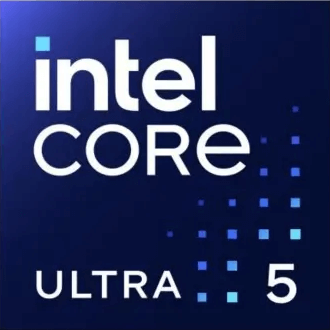Intel Celeron N5095 vs Apple M1 Max
We compared two laptop CPUs: Intel Celeron N5095 with 4 cores 2.0GHz and Apple M1 Max with 10 cores 2.0GHz . You will find out which processor performs better in benchmark tests, key specifications, power consumption and more.
Main Differences
Intel Celeron N5095 's Advantages
Lower TDP (15W vs 30W)
Apple M1 Max 's Advantages
Released 1 years and 4 months late
Better graphics card performance
Higher specification of memory (6400 vs 2933)
Larger memory bandwidth (409.6GB/s vs 45.8GB/s)
More modern manufacturing process (5nm vs 10nm)
Score
Benchmark
Cinebench R23 Single Core
Intel Celeron N5095
609
Apple M1 Max
+153%
1545
Cinebench R23 Multi Core
Intel Celeron N5095
2174
Apple M1 Max
+472%
12440
Geekbench 6 Single Core
Intel Celeron N5095
503
Apple M1 Max
+379%
2410
Geekbench 6 Multi Core
Intel Celeron N5095
1449
Apple M1 Max
+761%
12480
Blender
Intel Celeron N5095
13
Apple M1 Max
+1530%
212
Geekbench 5 Single Core
Intel Celeron N5095
642
Apple M1 Max
+177%
1783
Geekbench 5 Multi Core
Intel Celeron N5095
1951
Apple M1 Max
+541%
12511
Passmark CPU Single Core
Intel Celeron N5095
1500
Apple M1 Max
+155%
3833
Passmark CPU Multi Core
Intel Celeron N5095
4000
Apple M1 Max
+453%
22121
General Parameters
Jan 2021
Release Date
May 2022
Intel
Manufacturer
Apple
Laptop
Type
Laptop
x86-64
Instruction Set
ARMv8
Jasper Lake
Core Architecture
-
N5095
Processor Number
-
BGA-1338
Socket
Apple M-Socket
UHD Graphics (Jasper Lake 16 EU)
Integrated Graphics
Apple M1 Max GPU (32-core)
Package
-
Transistor Count
57 billions
10 nm
Manufacturing Process
5 nm
15 W
Power Consumption
30 W
105 °C
Peak Operating Temperature
-
CPU Performance
4
Performance Cores
10
4
Performance Core Threads
10
2.0 GHz
Performance Core Base Frequency
2.0 GHz
-
Performance Core Turbo Frequency
3.2 GHz
4
Total Core Count
10
4
Total Thread Count
10
100 MHz
Bus Frequency
-
20x
Multiplier
-
-
L1 Cache
192 K per core
384 K per core
L2 Cache
24 MB shared
4 MB shared
L3 Cache
-
No
Unlocked Multiplier
No
Memory Parameters
DDR4-2933, LPDDR4x-2933
Memory Types
LPDDR5-6400
16 GB
Max Memory Size
64 GB
2
Max Memory Channels
8
45.8 GB/s
Max Memory Bandwidth
409.6 GB/s
No
ECC Memory Support
No
Graphics Card Parameters
true
Integrated Graphics
true
350 MHz
GPU Base Frequency
450 MHz
750 MHz
GPU Max Dynamic Frequency
1296 MHz
256
Shader Units
4096
16
Texture Units
256
8
Raster Operation Units
128
16
Execution Units
-
6 W
Power Consumption
60 W
-
Max Resolution
6016x3384 - 60 Hz
0.24 TFLOPS
Graphics Performance
10.4 TFLOPS










